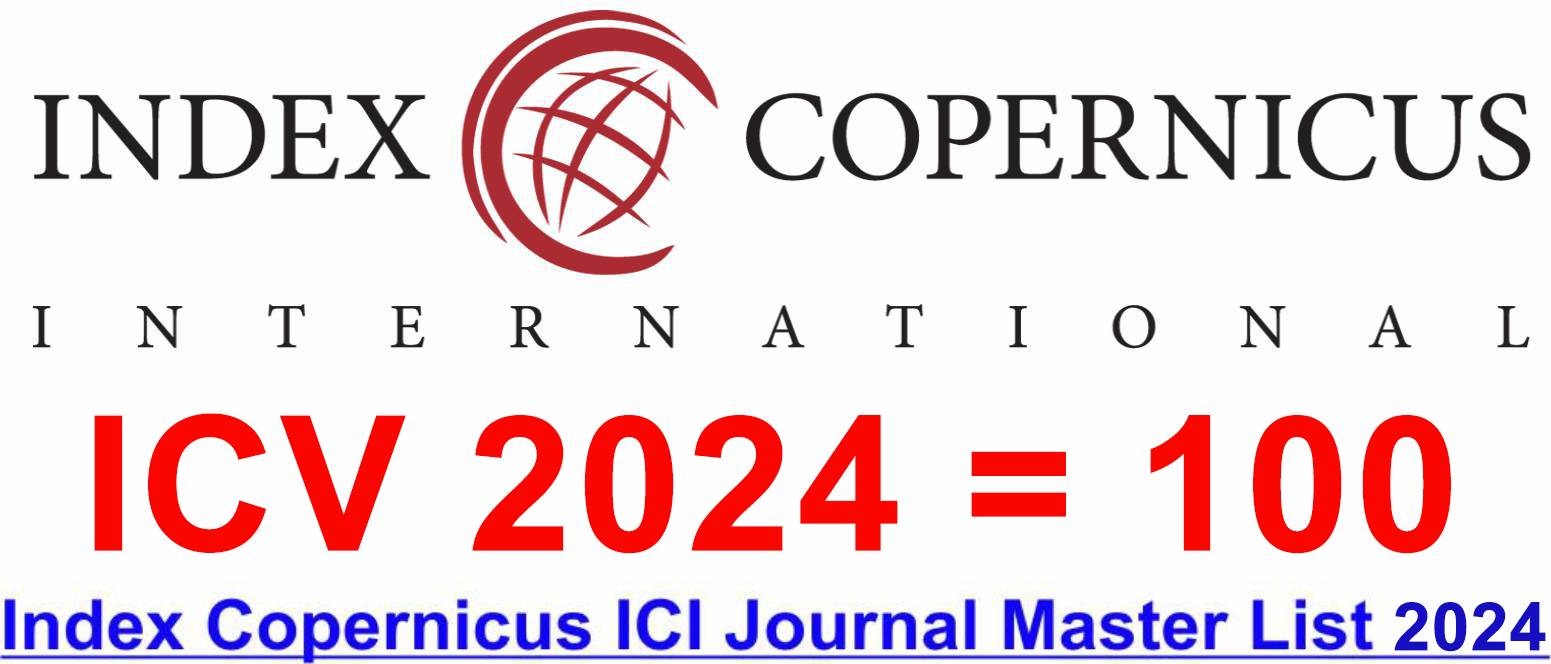Identification of Occupational Hazard in High-Rise Building Construction Projects
DOI:
https://doi.org/10.46977/apjmt.2024.v04i03.002Keywords:
Construction Projects, Occupational Hazard, Accidents, Preventive MeasuresAbstract
Occupational hazards in high-rise building construction projects pose significant threats to the well-being of workers. This research aimed to comprehensively study these hazards, employing a mixed-methods approach for data collection. Primary data were gathered through field observation, questionnaire surveys, and Key Informant Interviews (KII). Convenient sampling was employed to select 75 respondents for the study on occupational hazards in high-rise construction. This method facilitated practical and accessible participant recruitment for data collection. Data analysis for the study was conducted using the statistical tool SPSS. The result revealed that working at height was the major physical hazard, cement and stone dust were the primary chemical hazard, live wires were the major electrical hazard, and continuous overtime work was the predominant physiological hazard. Job dissatisfaction emerged as a major psychological hazard. Additionally, the study highlights the importance of proactive hazard identification and emphasizes the need for preventive measures. Through these insights, the construction sector can strive towards creating a safer and healthier work environment, ultimately reducing accidents and enhancing the overall well-being of workers involved in high-rise building projects.
Downloads
References
Ajith, S., Sivapragasam, C., & Arumugaprabu, V. (2019). Quantification of risk and assessment of key safety factors for safe workplace in Indian building construction sites. Asian Journal of Civil Engineering, 20(5), 693-702. https://doi.org/10.1007/s42107-019-00136-y
Balkis, A., Janani, M. S., & Gandhi, D. A. G. M. (2021). A Study on critical risk assessment and safety management for a high-rise building. International Research Journal of Engineering & Technology (IRJET), 8(4), 324-331.
Boadu, E. F., Wang, C. C., & Sunindijo, R. Y. (2020). Characteristics of the construction industry in developing countries and its implications for health and safety: An exploratory study in Ghana. International Journal of Environmental Research and Public Health, 17(11), 4110. https://doi.org/10.3390/ijerph17114110
Durdyev, S., & Ismail, S. (2012). Role of the construction industry in the economic development of Turkmenistan. Changes, 64(0).
Giri, O. P. (2020). Factors causing health and safety hazards at construction sites. Technical Journal, 2(1), 68-74.
Giri, O. P. (2023). Improvement measures for safety and health on construction sites. World Journal of Engineering Research and Technology, 9(8), 215-223.
Giri, O. P., Poudel, K., & Shrestha, S. K. (2023). Safety management in public building construction: A case study of Pokhara Valley. Journal of Business and Management, 7(01), 90-101. https://doi.org/10.3126/jbm.v7i01.54548
https://doi.org/10.1016/j.matpr.2021.05.707
Kayastha, R. (2023). Assessment of Factors Affecting Fall Accidents Among Construction Workers. https://hdl.handle.net/10877/17100
Koranyi, I., Jonsson, J., Rönnblad, T., Stockfelt, L., & Bodin, T. (2018). Precarious employment and occupational accidents and injuries a systematic review. Scandinavian Journal of Work, Environment & Health, 44(4), 341-350. https://www.jstor.org/stable/26567015
Lari, M. (2024). A longitudinal study on the impact of occupational health and safety practices on employee productivity. Safety Science, 170, 106374. https://doi.org/10.1016/j.ssci.2023.106374
Manzoor, B., Othman, I., & Manzoor, M. (2021). Evaluating the critical safety factors causing accidents in high-rise building projects. Ain Shams Engineering Journal, 12(3), 2485-2492. https://doi.org/10.1016/j.asej.2020.11.025
Manzoor, B., Othman, I., & Waheed, A. (2022). Accidental safety factors and prevention techniques for high-rise building projects–A review. Ain Shams Engineering Journal, 13(5), 101723. https://doi.org/10.1016/j.asej.2022.101723
Memon, M. H., Abas, N. H., & Sohu, S. (2023, June). Ranking the critical causes of accidents in construction projects of Sindh: Perspective of safety professionals. In IOP Conference Series: Earth and Environmental Science, 1205(1), 012035. IOP Publishing. https://doi.org/10.1088/1755-1315/1205/1/012035
Mishra, K., & Aithal, P. S. (2021). Operational risk analysis of common activities of building construction projects. Turkish Journal of Computer and Mathematics Education, 12(11), 6507-6524. https://ssrn.com/abstract=3857173
Mouras, F., & Badri, A. (2020). Survey of the risk management methods, techniques, and software used most frequently in occupational health and safety. International Journal of Safety and Security Engineering, 10(2), 149-160. https://doi.org/10.18280/ijsse.100201
Osei-Asibey, D., Ayarkwa, J., Acheampong, A., Adinyira, E., & Amoah, P. (2023). Impacts of accidents and hazards on the Ghanaian construction industry. International Journal of Construction Management, 23(4), 708-717. https://doi.org/10.1080/15623599.2021.1920161
Raamkumar, J. S., & Indhu, B. (2022). A Study on the Assessment of Risk Management in High-Rise Buildings. In Advances in Construction Management: Select Proceedings of ACMM 2021 (pp. 47-56). Singapore: Springer Nature Singapore. https://doi.org/10.1007/978-981-16-5839-6_5
Rani, H. A., Radzi, A. R., Alias, A. R., Almutairi, S., & Rahman, R. A. (2022). Factors affecting workplace well-being: Building construction projects. Buildings, 12(7), 910. https://doi.org/10.3390/buildings12070910
Rimal, B., Baral, H., Stork, N. E., Paudyal, K., & Rijal, S. (2015). Growing city and rapid land use transition: Assessing multiple hazards and risks in the Pokhara Valley, Nepal. Land, 4(4), 957-978. https://doi.org/10.3390/land4040957
Saidi, S. S., & Siew, N. M. (2019). Investigating the Validity and Reliability of Survey Attitude towards Statistics Instrument among Rural Secondary School Students. International Journal of Educational Methodology, 5(4), 651-661. https://doi.org/10.12973/ijem.5.4.651
Sakhare, M. V., & Chougule, M. B. (2019). Construction Equipment Monitoring: By Using Relative Important Indices (Rii) Analysis.
Samanta, S., & Gochhayat, J. (2023). Critique on occupational safety and health in the construction sector: An Indian perspective. Materials Today: Proceedings, 80, 3016-3021.
Satapathy, S. (2022). Work place discomfort and risk factors for construction site workers. International Journal of System Assurance Engineering and Management, 13(2), 668-680. https://doi.org/10.1016/j.ssci.2022.106043
Sharma, A. (2019). Safety Issues in Nepalese Construction Industry. Deakin University.
Sukamani, D., & Wang, J. (2020). SEM Model for Investigating Factors of an Accident Affecting Safety Performance in Construction Sites in Nepal. Engineering Letters, 28(3).
Tubis, A., Werbińska-Wojciechowska, S., & Wroblewski, A. (2020). Risk assessment methods in mining industry a systematic review. Applied Sciences, 10(15), 5172. https://doi.org/10.3390/app10155172
Vredenburgh, A. G. (2002). Organizational safety: which management practices are most effective in reducing employee injury rates? Journal of Safety Research, 33(2), 259-276. https://doi.org/10.1016/S0022-4375(02)00016-6
Waqar, A., Othman, I., Shafiq, N., Deifalla, A., Ragab, A. E., & Khan, M. (2023). Impediments in BIM implementation for the risk management of tall buildings. Results in Engineering, 20, 101401. https://doi.org/10.1016/j.rineng.2023.101401
Published
How to Cite
Issue
Section
Copyright (c) 2024 Asia-Pacific Journal of Management and Technology (AJMT)

This work is licensed under a Creative Commons Attribution-NonCommercial 4.0 International License.
















